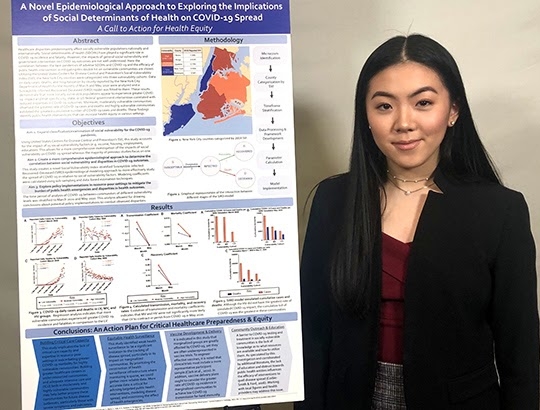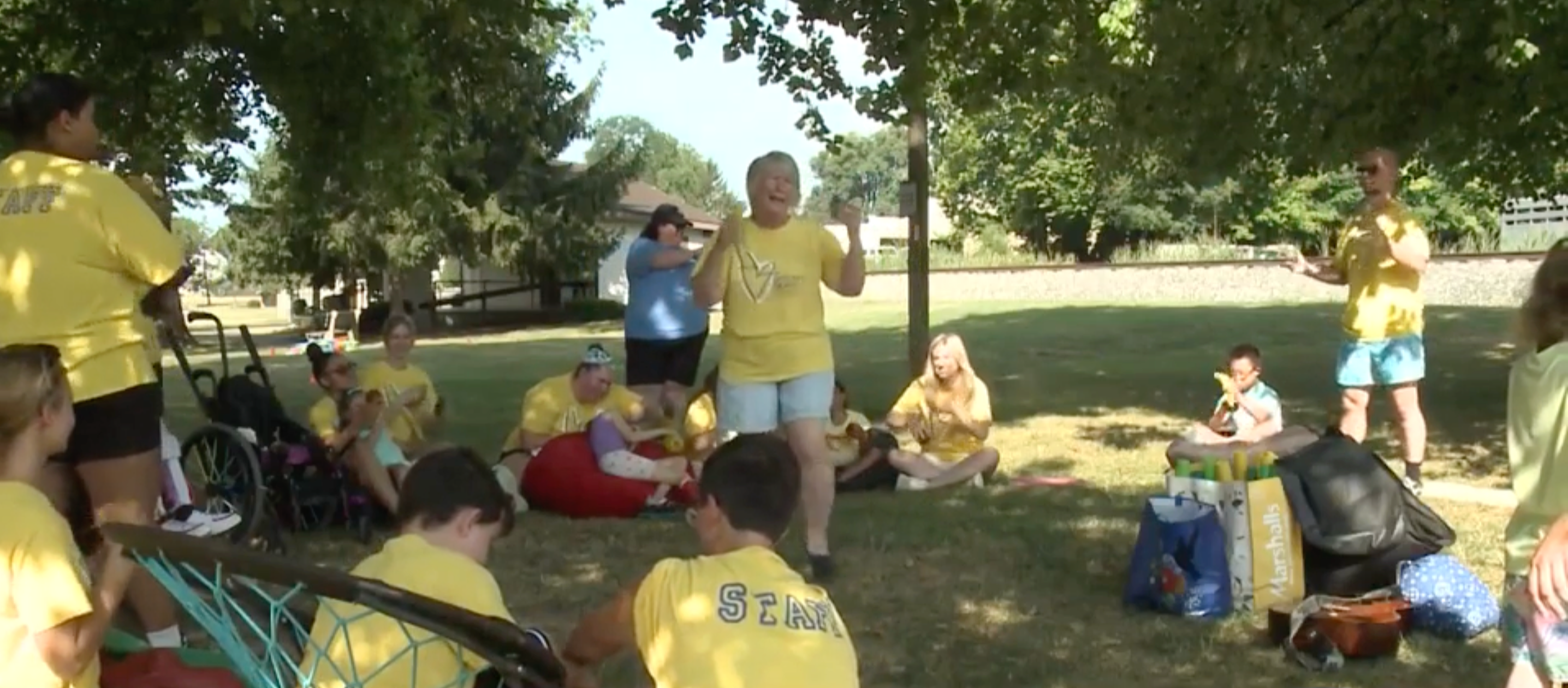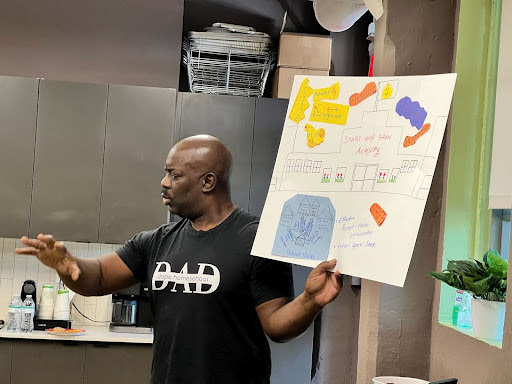Jump to: Top Tasks | From the Field | Key Resources | Moments of Resilience
It is week 54 of our new reality and our educational recovery continues to pick up steam with big steps forward in vaccines, guidelines and money.
Teachers in 49 states are now eligible to receive the Covid vaccine and the Biden administration announced that they have purchased enough doses to open up vaccinations to all Americans by May 1. On Friday, the CDC announced that it was safe for schools to seat students three feet apart rather than the much more onerous six foot distance it had previously set as the guideline. Finally, with President Biden signing the American Rescue Plan into law, states, local governments, schools and districts will have the resources they need to pay for bold recovery plans.
How can we use all this momentum to help America’s students thrive in the year ahead?
That’s the question we will be taking on tomorrow at 2:30pm ET in Making the Most of the Opportunity: A Federal Funding Forum with 50CAN. If you haven’t yet RSVPed, you can do so here.
SUBSCRIBE
Last time in The New Reality Roundup, we put a spotlight on the facts about new federal funding and the grassroots parent power that has emerged in year one of the pandemic.
This week, we look at the need for bold recovery plans as well as the importance of measurement in addressing learning loss.
TOP TASKS
Demand a Plan
“As more large and urban districts welcome students back to campus, few are providing public details about how they plan to academically support students after a year of disrupted teaching and learning,” report CRPE’s Sarah McCann and Bree Dusseault for The 74 Million. “Given that stimulus funds will soon be flowing, now is the time for districts to make clear whether and how they are approaching lost learning time and using data to match interventions to student needs.”
The analysts found that only 63% of districts had plans to address learning loss and only 23% were providing professional development to teachers on the topic. We will need to demand a much stronger response if we are going to meet the needs of our students.
The federal stimulus dollars from the American Rescue Plan provide the fuel for bold solutions. In our recent memo on the new federal funding, we outline a variety of ways this money could be used to help students, including: 1) providing safe, full-time, in-person options for all students who want them, 2) offering free summer camps and year-round tutoring to all students, 3) completing the effort to provide free internet to all students, as well as one-to-one devices, 4) investing in new, more holistic ways to measure student learning, 5) creating more effective online schools for families that want to stay virtual and 6) redesigning high schools so they are more engaging and better meet the needs of students today.
Local advocates have a critical role to play in helping to shape these plans and ensuring that the voices of parents and students are heard. By joining our federal funding forum tomorrow, you’ll have the opportunity to hear from advocates across the country to learn more about how they are working to advance these ideas.
THE TASK OF THE WEEK IS
Be Clear About Why We Measure
“The opportunity I see for the spring is to have an improvement mindset,” Education Professor Andrew Ho shares on a new episode of the Harvard EdCast podcast. “But in order to know what to improve, you have to start with where you’re at. We don’t know where we’re at, and that’s the problem.”
Prof. Ho notes that standardized testing is a critical tool to understanding where students are at, but believes we need to reimagine the role these tests play to be less about assessment and more about an educational census.
In our policy brief Measure Everything we point out that despite the numerous efforts to cancel the tests, “end-of-the-year assessments remain broadly popular with families” with 77% of parents saying they want to resume end-of-year summative assessments to help shed light on how well schools and students are meeting academic standards. Moreover, they play a vital role in ensuring “that districts aren’t black boxes by continuing to collect data on student performance and maintaining the fundamental goals of transparency for results and the protection of vulnerable students.”
With Education Secretary Miguel Cardona refusing to back down from the Department’s insistence that federal testing requirements will not be waived, the question now is how to make sure the information collected is as useful to parents, students and teachers as possible.
The information gleaned will be essential for states and districts in targeting resources, for parents in understanding the extent of the learning losses over the past year and for school leaders and teachers to use in guiding their recovery plans.
THE TASK OF THE WEEK IS
FROM THE FIELD
ConnCAN is hard at work on three bills that have been a centerpiece of their advocacy this year. The first bill is a complete overhaul of the student funding formula. It puts a much greater emphasis on equity while ensuring that all public schools, including charter and vocational, are in a single, unified funding formula. The second bill is focused on learning loss and will support extended school days, summer school, pods and tutoring. The third bill aims to increase educator diversity by creating new career pathways for aspiring teachers of color along with residencies for teaching fellows.
HawaiiKidsCAN’s three priority bills continue to make their way through the legislative process. The bills create computer science programming for elementary students, update industry certifications in high schools to ensure they’re aligned with future high demand industries and create a FAFSA application requirement for graduating seniors.
TennesseeCAN took a big step forward in its effort to restore funding to charter school facilities when Governor Lee put $24 million for the program in his new budget. Now the team is hard at work to make sure it makes it through the legislature.
The DelawareCAN team set a goal of ensuring that African-American history would be taught in public schools and are excited that a bill has now been introduced.
GeorgiaCAN saw two bills passed out of the Senate. One bill increases charter funding and gives charters flexibility to opt in or out of the State Health Benefits Plan. The other expands the eligibility of the special needs scholarship program.
Key Resources
- FutureEd curated ideas from a number of leading education thinkers on how districts should spend the new federal funding from the American Rescue Plan.
- Excel In Ed developed a model policy for tackling the equitable distribution of effective teachers across schools.
- Ed Choice analysed polling data on how parents’ feelings around homeschooling are shifting.
- John Bailey, writing for AEI, reviews the research on whether it is safe to open schools, concluding that officials should default to having students in-person, adjusting based on community risk factors.
- The National Bureau of Economic Research is out with a new study on the effectiveness of high-impact tutoring as a strategy for improving academic outcomes.
- CKI looks at a promising new high school program, the Minerva Baccalaureat, designed as a replacement for AP and IB programs.
- The 74 Million is hosting a webinar, “Will Pods Outlast the Pandemic?” on Thursday at noon ET, featuring parent-educators and exploring the sustainability of pandemic-era innovations.
Moment of Resilience

High school senior Vivian Yee designed a new approach to studying the health disparities in low-income communities by using the US government’s Social Vulnerability Index. Her work was so impressive that it is being utilized by the congressional Coronavirus Taskforce and secured Yee a spot as a finalist in the Regeneron Science Talent Search, along with a $25,000 prize.







